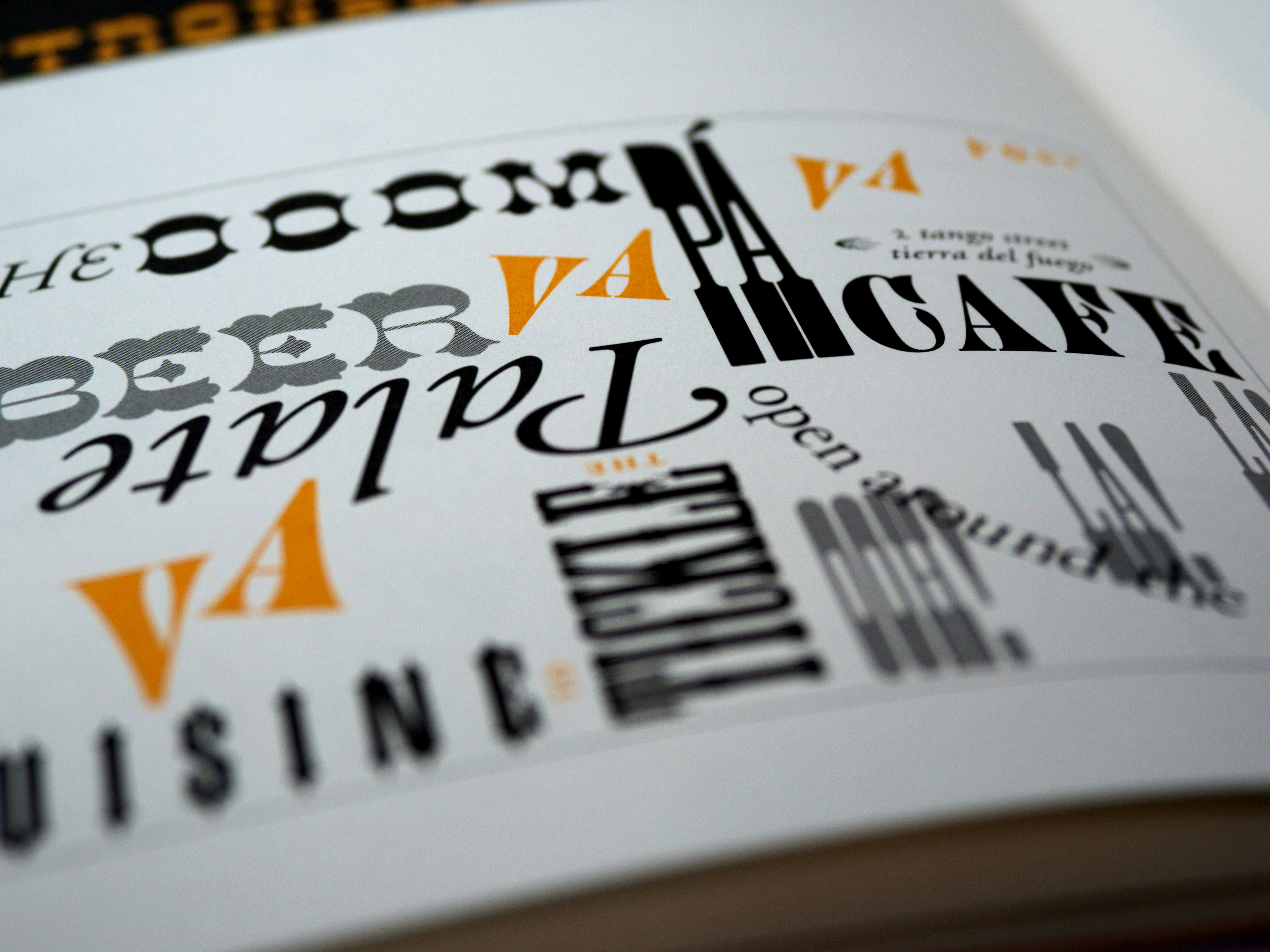How Consistency in Design and Tone of Voice Builds Trust
When someone visits your website, they form an impression within seconds. That first moment often determines what happens next. Trust doesn’t come only from what you say, but from how you say it and how you present it. People feel comfortable when something feels familiar and predictable. A consistent look and feel in both design and tone of voice creates that sense of security and stability — the foundation of a strong customer relationship.
Design That Tells One Story
Visual harmony is one of the most powerful ways to build trust. A website that looks different on every page creates confusion and uncertainty. When your colors, typography, icons, and photography work together as a cohesive whole, visitors experience calm and professionalism. A consistent visual style shows attention to detail and communicates that your brand has a clear identity. It’s not about rigid perfection, but about balance — a visual rhythm that runs through every element.
Color plays a major role in this. The right combinations evoke emotions that align with your brand. Blue, for instance, conveys reliability, while orange expresses enthusiasm and energy. Combined with recognizable typography and consistent imagery, these elements create a visual identity that not only looks good but also inspires confidence.
The Power of a Recognizable Tone of Voice
What visitors read matters just as much as what they see. The way you write — your tone of voice — defines your brand’s personality. Whether you choose a friendly, conversational tone or a more professional, authoritative one, consistency makes all the difference. When your website, emails, and social media channels all sound like they come from the same place, visitors experience your brand as authentic and dependable.
A consistent tone of voice also builds emotional recognition. Visitors begin to associate your brand with a certain mood or energy. If your messaging consistently reflects the same values — such as helpfulness, expertise, or humor — it creates a sense of continuity. Over time, people develop not just rational trust but also an emotional connection with your brand.
Inconsistency Undermines Credibility
Few things erode trust faster than inconsistency. Imagine your website sounds warm and welcoming, but the confirmation email that follows feels cold and generic. That mismatch creates confusion and makes it harder for people to understand who you really are as a brand. The same applies to design: a logo that appears in different colors or a mix of random fonts signals carelessness and lack of professionalism.
Even small inconsistencies have a psychological impact. People instinctively look for patterns and harmony in what they see and read. When those patterns are broken, doubt creeps in — and doubt often leads visitors to leave.
Details That Build Trust
Consistency doesn’t just live in big design choices or brand voice; it thrives in the small details. The shape of your buttons, the way you write your call-to-actions, even the tone of your error messages — all these microelements contribute to the overall experience. A button labeled “Schedule your free call” feels friendlier and more trustworthy than a plain “Submit” button.
Microcopy — the small bits of text that guide users — is another subtle yet powerful tool. A warm or playful tone can make even technical interactions feel more human. When that same personality is applied across the site, the website stops feeling like a static interface and starts feeling like a brand with character.
Consistency as the Foundation of Trust
A brand that communicates consistently gives the impression that it’s organized, thoughtful, and reliable. Visitors notice when you pay attention to the details, and that builds trust. This predictability helps people feel confident when taking the next step — whether that’s making a purchase, signing up, or starting a conversation.
Consistency in design and tone of voice isn’t a creative constraint; it’s a strength. It gives direction to your creativity and ensures that every element of your brand works toward the same goal: recognition, professionalism, and credibility. When done well, your website becomes more than just a digital presence — it becomes an extension of your brand experience, a place where visitors feel at home and are happy to return.



































































